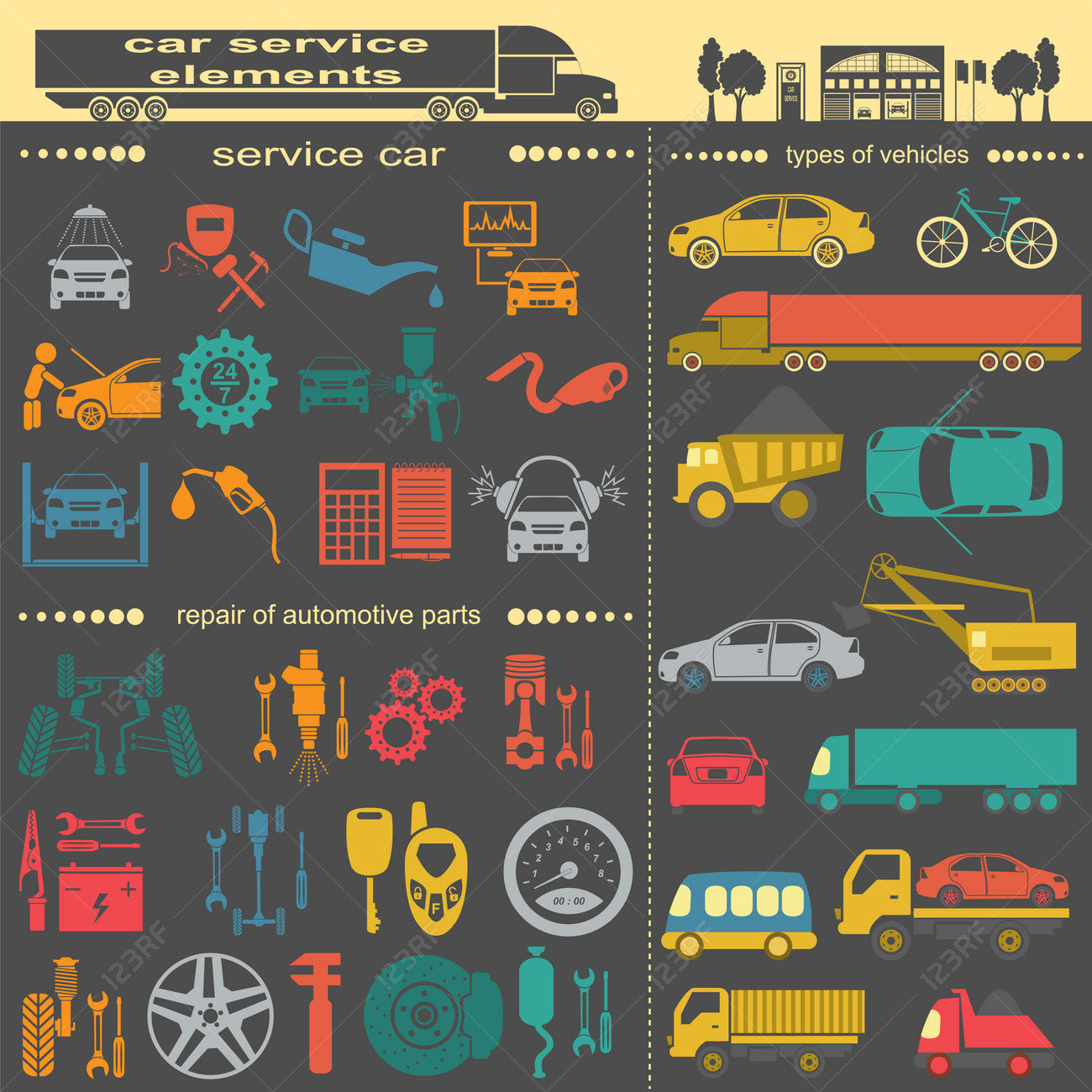When you're behind the wheel, those little caution lights on your automobile's dashboard can be fairly difficult. What do they indicate, and should you be concerned? Understanding these signals is crucial for your vehicle's well-being, however it does not have to be a daunting task. By decoding the secret behind each light, you'll be outfitted to handle possible concerns effectively and maintain your car running efficiently. So, following time a caution light flashes, do not panic - arm yourself with understanding and take control of the circumstance.
Significance of Vehicle Warning Lights
Understanding the relevance of your cars and truck's warning lights is vital for keeping your car's health and wellness. These lights serve as your auto's communication system, informing you to possible issues that can endanger your safety and security when driving or lead to costly repair services if disregarded. By focusing on these warnings, you can attend to issues early and prevent additional damages to your automobile.
Disregarding alerting lights can cause severe repercussions, such as engine failing, brake breakdowns, and even crashes. These lights are created to inform you of problems ranging from low tire pressure to engine malfunctions, offering you the possibility to do something about it prior to the situation worsens. Frequently checking and recognizing these cautions can save you time, cash, and guarantee your safety and security while driving.
In addition to maintaining you secure, reacting immediately to warning lights can likewise aid prolong the life expectancy of your cars and truck. By addressing problems early, you can stop little troubles from rising into significant repairs, inevitably conserving you money and time in the long run. Bear in mind, your vehicle's warning lights are there for a reason - do not ignore them!
Common Warning Lights and Meanings
When it involves driving your auto, knowing usual caution lights and their definitions is essential for your security and automobile upkeep. Here are a couple of usual caution lights you might run into:
1. ** Inspect Engine Light **: This light indicates an issue with your engine. Maybe something minor like a loose gas cap or something extra major like engine misfiring.
2. ** Battery Light **: This light signals a problem with your car's charging system. It might indicate a defective battery, generator, or various other related elements.
3. ** Oil Stress Light **: When this light begins, it implies your engine may be running low on oil or experiencing reduced oil stress, which can cause engine damages otherwise resolved quickly.
4. ** Brake System Light **: This light indicates a concern with your braking system. It can indicate low brake liquid degrees or a problem with the brake system that calls for instant interest.
Recognizing these typical caution lights will certainly aid you determine possible concerns at an early stage and stop more substantial issues in the future.
How to Reply To Warning Lighting
In the event that a warning light brightens on your cars and truck's dashboard, it's vital to react quickly and properly. When a warning light begins, the first step is to consult your owner's guidebook to recognize the certain problem indicated by the light.
Some lights require prompt attention, while others might show a less urgent matter. If https://brakes-near-me51628.luwebs.com/30540156/start-your-search-for-the-ideal-do-it-yourself-auto-repair-work-application-that-will-certainly-revolutionize-just-how-you-take-on-auto-problems-figure-out-which-app-will-transform-your-repair-service-experience is red or blinking, it's usually a sign of a serious problem that requires prompt activity. In simply click the following page , it's a good idea to pull over safely, turn off the engine, and look for professional aid.
For yellow or orange warning lights, while they might not require prompt interest, it's still essential to attend to the hidden problem quickly to stop further damages. Routine maintenance and evaluation can help protect against cautioning lights from coming on unexpectedly.
Final thought
To conclude, recognizing your vehicle's warning lights is essential for maintaining your car's health and safety. By on a regular basis checking and reacting to these warnings, you can address prospective issues early and stop costly repair work or security risks. Bear in mind to consult your proprietor's handbook for details on different caution lights and always take immediate action for red or flashing lights. Keep scrap mechanic and maintain your car running smoothly!
